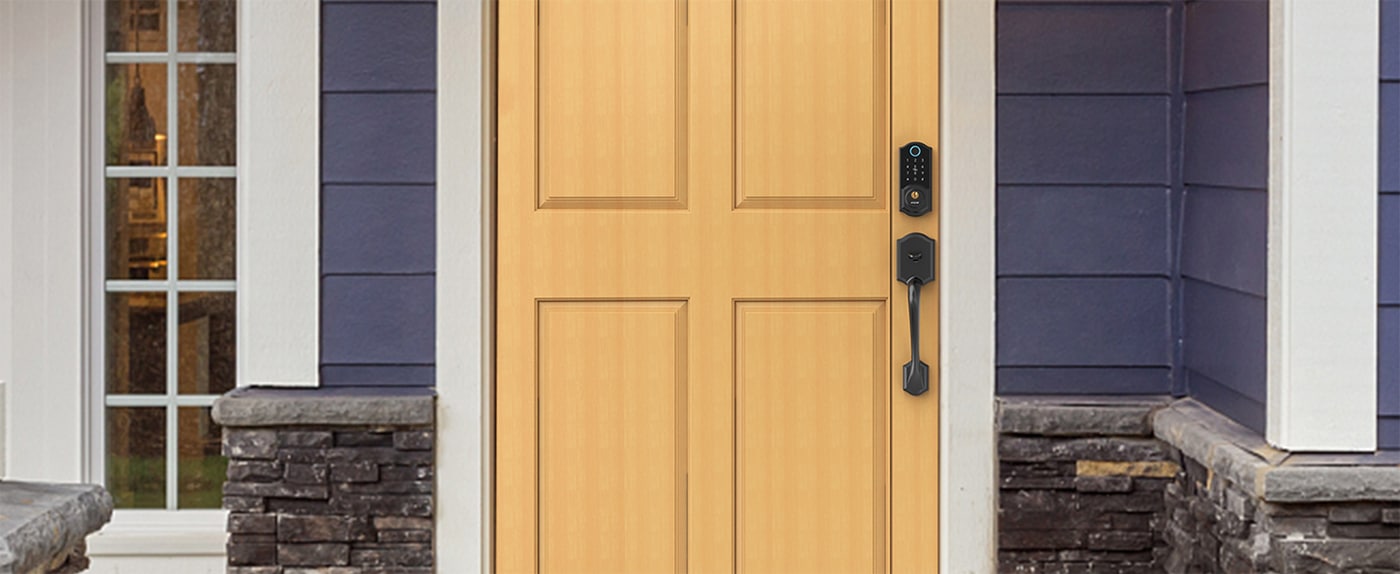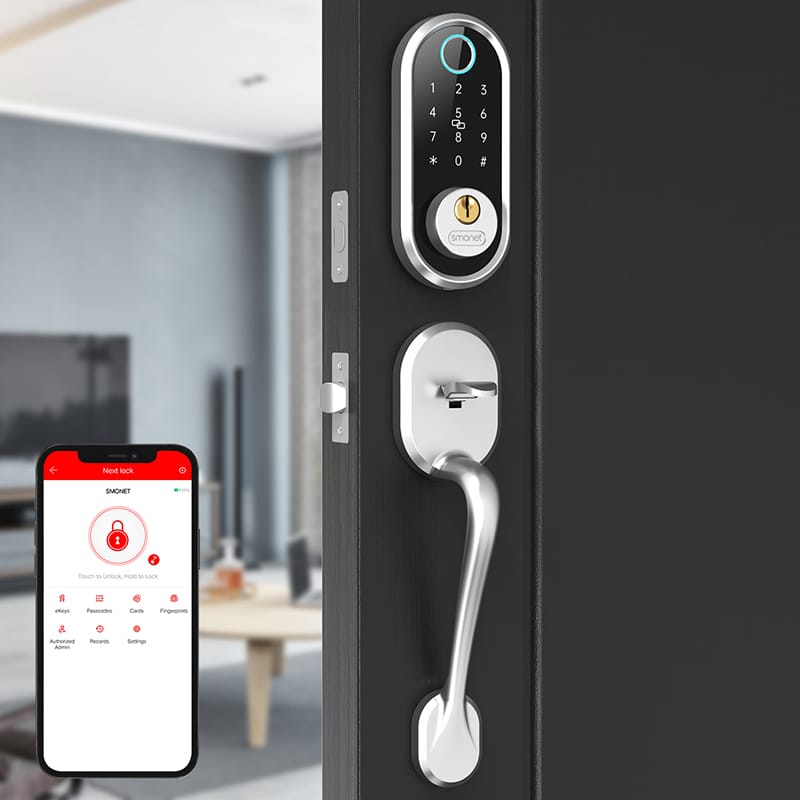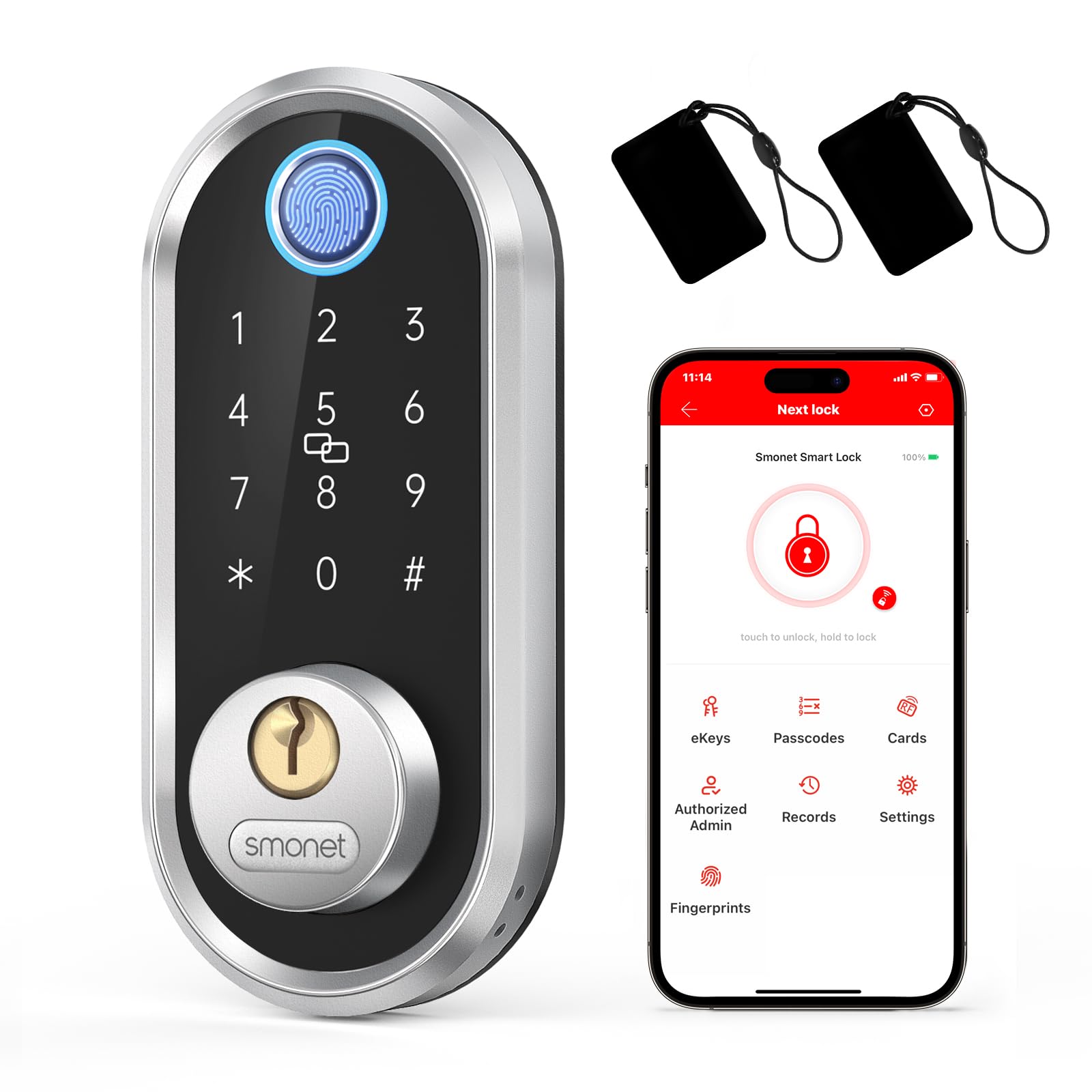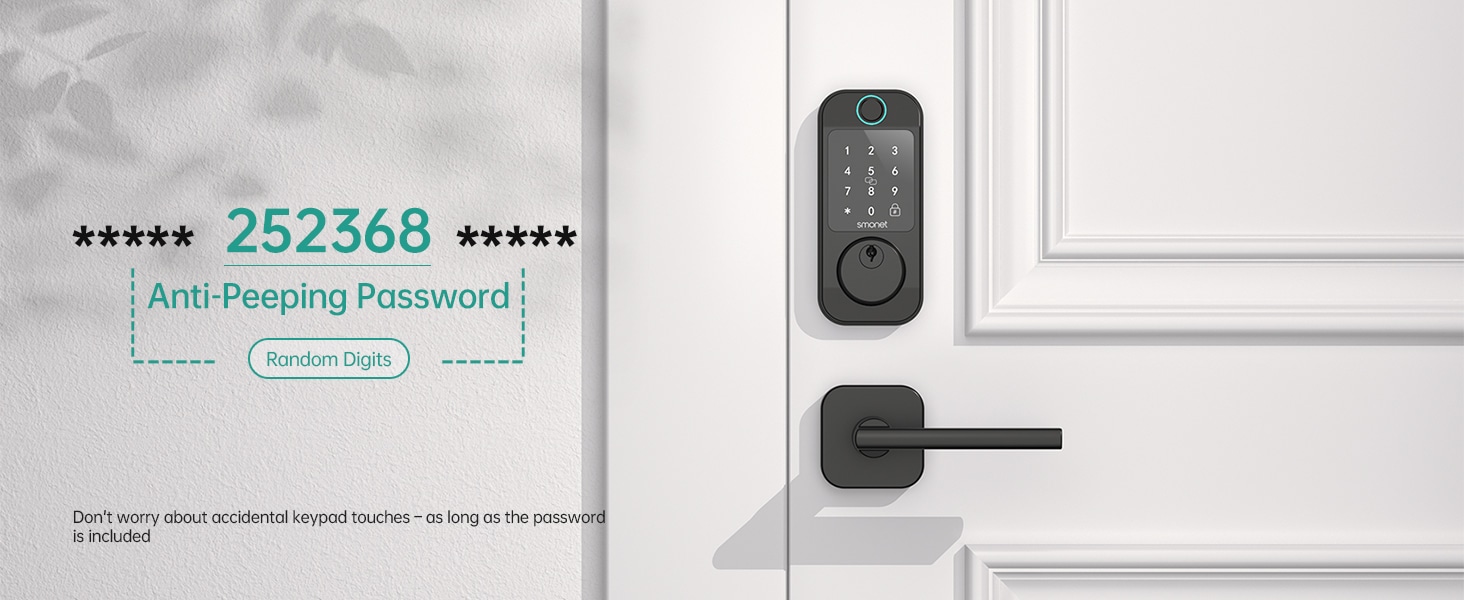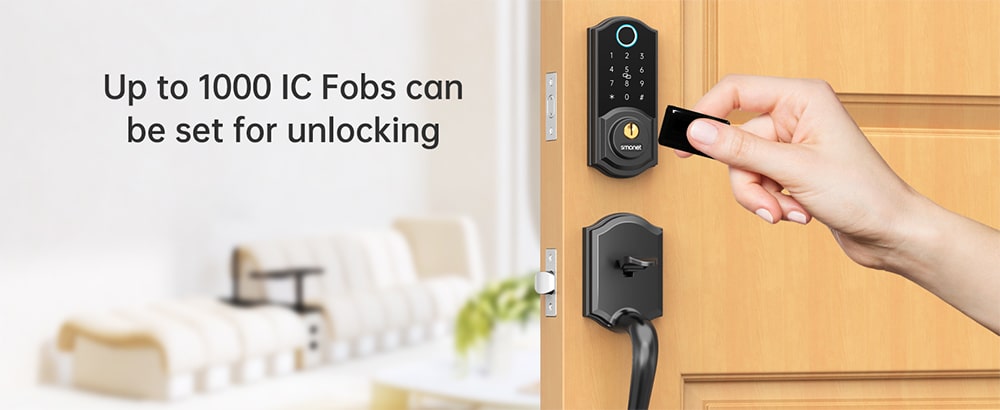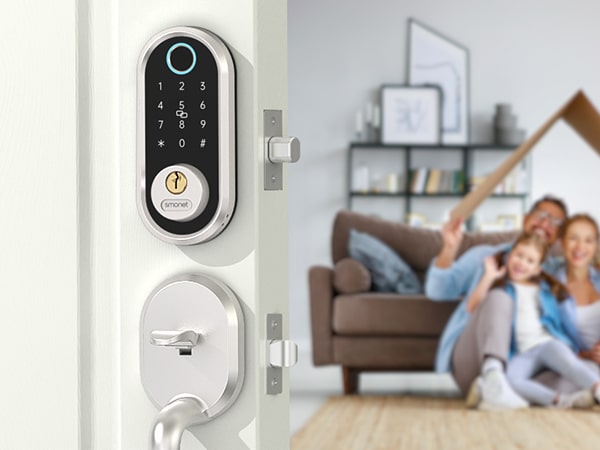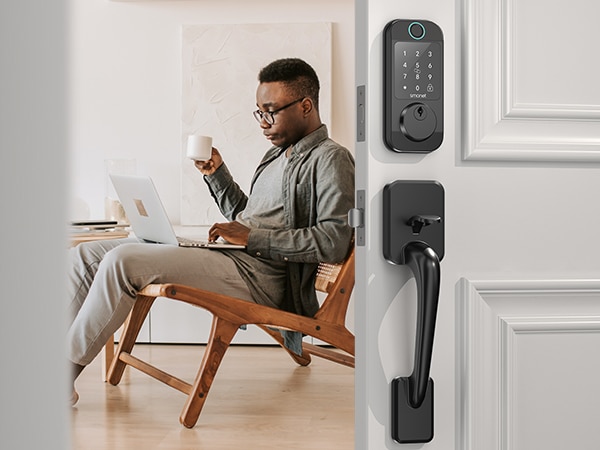How Do External Digital Locks Workan Intuitive Look At Their Functioning
Digital locks, a modernization of traditional physical locks, are quickly becoming the norm in homes and businesses alike. Offering a perfect blend of security and convenience, these locks use the best of technology to protect your spaces. That said, the mechanism by which digital locks operate can seem a bit complex to the uninitiated. Read on for an insightful overview of how digital locks work.
Understanding the Concept
Digital locks bypass the need for traditional keys, instead using unique code entries, biometric identification, or even smartphone applications for lock access. While the operation method varies depending on the type of digital lock, the core principle remains the same – to provide user-friendly, high-security locking systems.
Mechanism of Digital Locks
Keypad lock door digital:
The most basic form of a digital lock, the user must enter a unique code onto a keypad number pad to unlock it. Incorrect multiple entry attempts result in a tamper alert.
Biometric digital locks:
These highly sophisticated digital locks use unique characteristics, such as fingerprints, facial recognition, or even retinal scans, to identify authorized users. The lock opens only when it detects a perfect match with the stored data.
Smart digital locks:
Smart locks use wireless protocols, such as Wi-Fi, Bluetooth, or Z-Wave, to grant access. They can recognize an approved access signal – such as a digital key on a smartphone app or a signal from a key fob. Some smart locks even offer remote locking and unlocking capabilities through smart home integration.
Behind the Scenes
While the mechanisms of digital lever lock seem straightforward enough, what goes on behind the scenes when a digital lock is activated is even more fascinating.
Ipsa digital lockare essentially operated by small microprocessors that function as the lock’s “brain”. When an authorized credential is presented, the process goes as follows:
- The digital lock reads the entry (the code, biometric reading, or digital key).
- The microprocessor in the lock analyzes the entry, and cross-verify it with the data stored in its memory.
- If the entered data matches the lock’s stored data, access is granted, and the locking mechanism is disengaged.
- If the data does not match, access is denied, and the locking mechanism remains engaged.
The primary advantage of this process is that access data can be updated for added security – codes can be changed, and new fingerprints or facial data can be enrolled.
In conclusion, digital locks offer dynamic and secure solutions for modern access control. With their ability to provide user-friendly, streamlined experiences without compromising security, it’s crystal clear why these advanced locking systems have gained steep popularity. Much like all technology, understanding how the device works enhances our appreciation of it and enables us to use it to its fullest potential.
Prime Day OFF
Until the End
-
Master Of Cleanliness: Visual Guide To Recognizing And Understanding Your Electric Pool Cleaners
-
Making the Right Choice for A Best Keypad Door Lock: A Guide Based on Material Consideration
-
The 7 Most Common Types of Locks for Home and Office Security
-
Door Knob With Fingerprint Identification- The Future Of Home Security
-
Selecting the Ideal Digital Door Lock Style and Color for Your Abode
-
Evolution Of Security- Smart Door Key Lock
-
Mailbox Digital Lock- Reinventing Mail Security In The Digital Age
-
Exploring Alternative Unlocking Solutions - Smart Lock Fingerprint Cards and Wristbands
-
Touch Id Door Locks- Next-Generation Security At Your Fingertips
-
Smonet Home Door Lock- The Future Of Home Security

